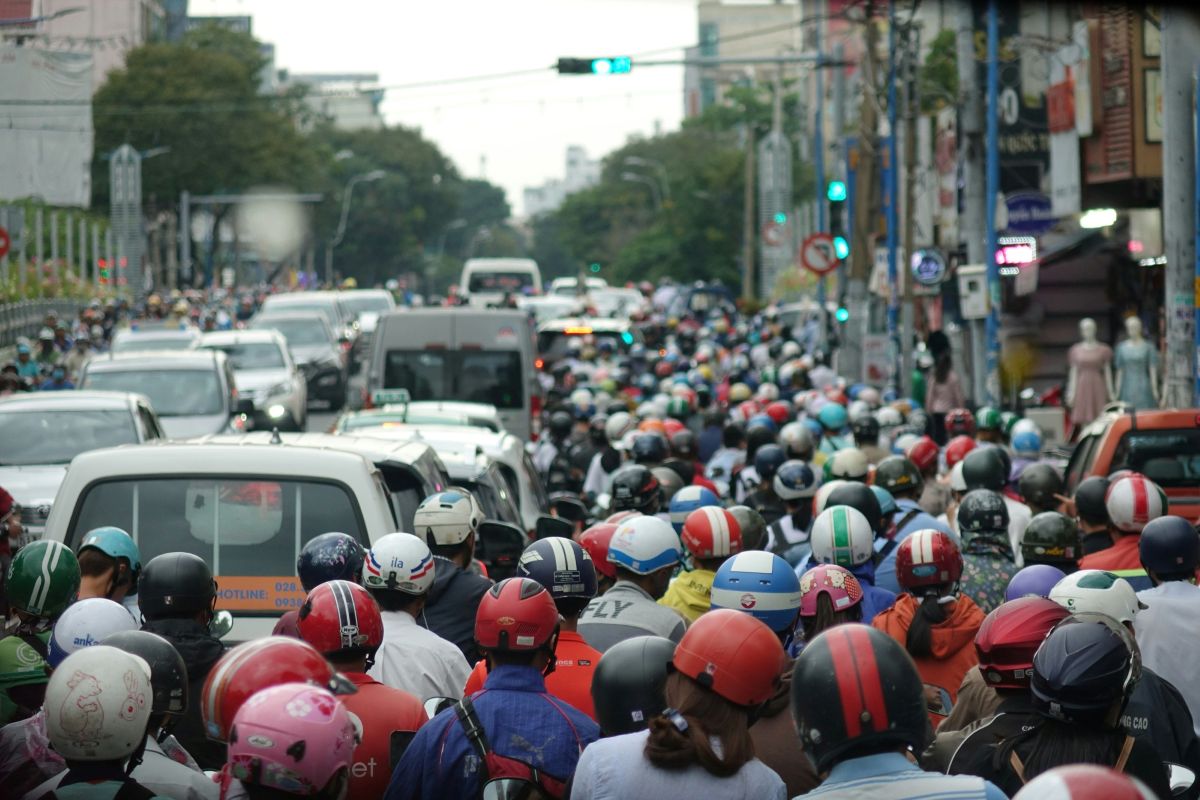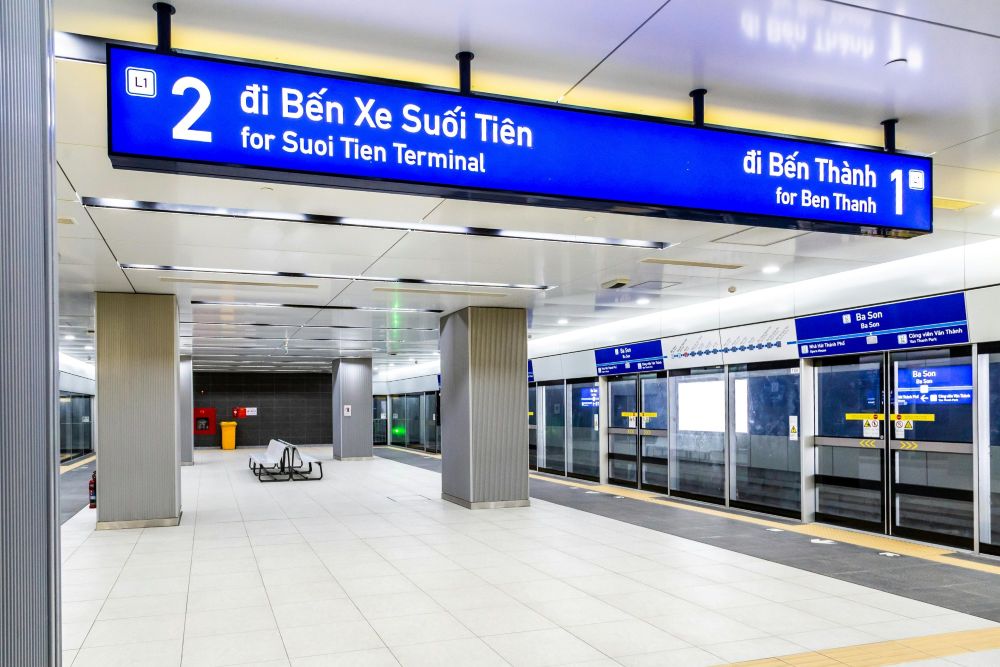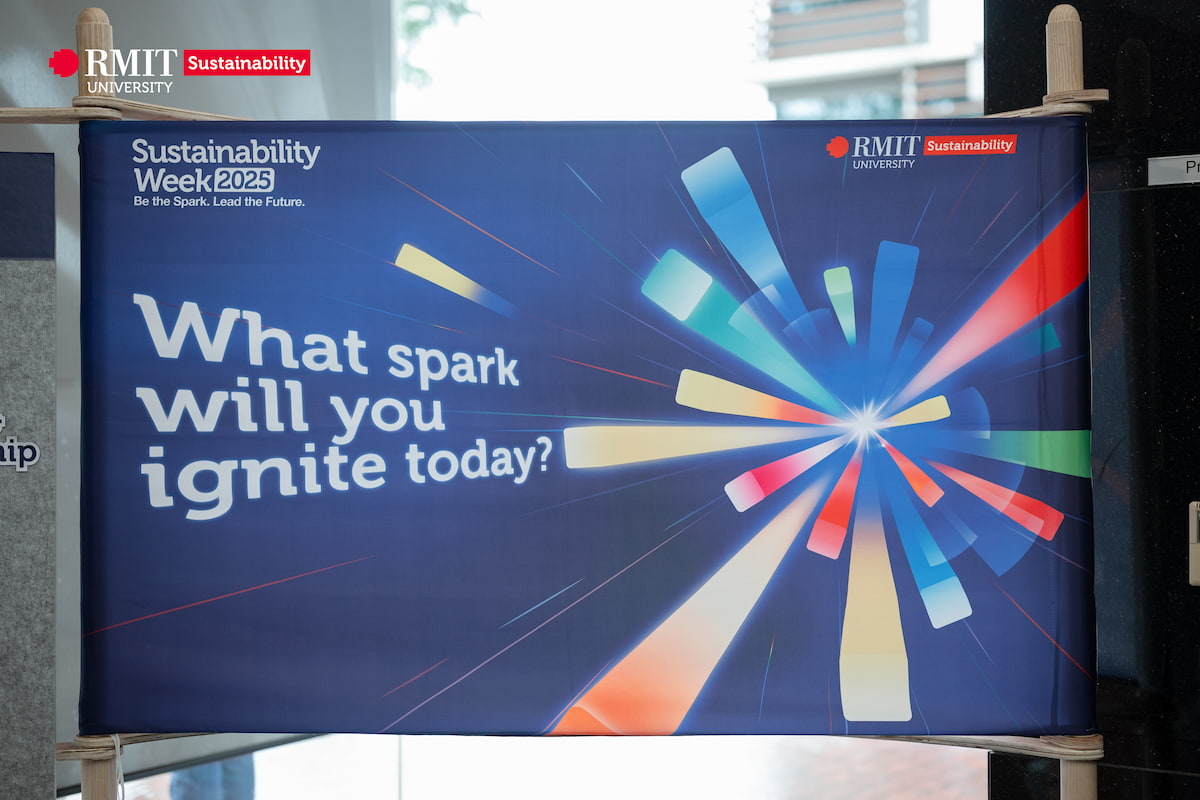RMIT Vietnam drives everyday sustainability through action and innovation
RMIT Vietnam continues to drive meaningful sustainability outcomes through various programs that integrate responsible practices into daily campus life, teaching and learning, event management, and cross-sector collaboration.
RMIT Sustainability Week 2025: Be the spark – Lead the future
RMIT Vietnam’s Sustainability Week 2025 brought together over 1000 participants for a vibrant celebration of innovation, collaboration, and collective action toward a more sustainable future.
Ho Chi Minh City’s green mobility shift must be strategic and inclusive
With over 14 million residents and 11 million registered vehicles, Ho Chi Minh City faces a unique urban mobility challenge. To meet Vietnam’s net-zero emission goals by 2050, adopting green transport in the country’s biggest metropolis is a necessity.
AI can unlock sustainable value chains for Vietnam manufacturing
Vietnamese manufacturers can harness AI to drive circularity, reduce waste, and build resilient supply chains. Associate Professor Pham Cong Hiep from RMIT University explains how.





